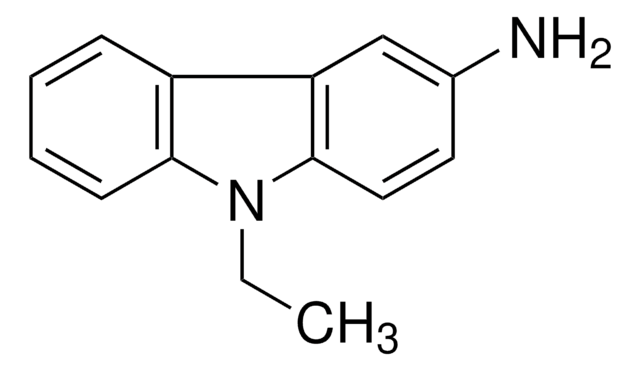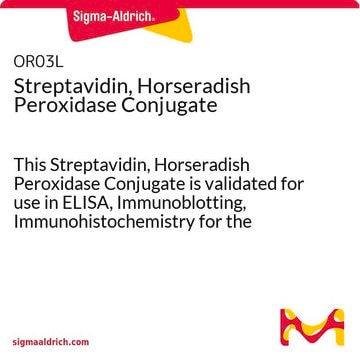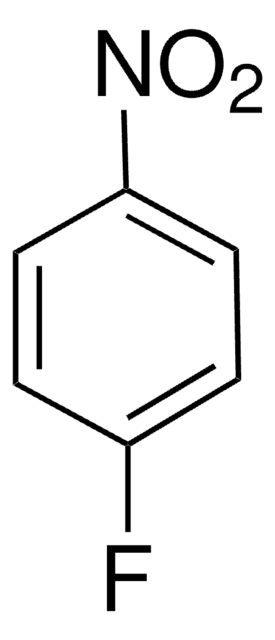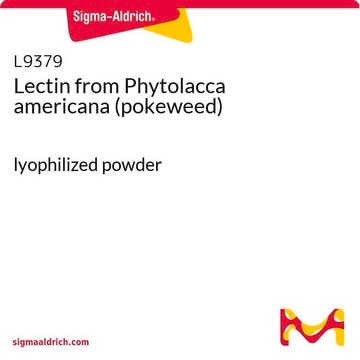A5754
3-Amino-9-ethylcarbazole
≥95% (HPLC), powder
Synonym(s):
9-Ethylcarbazol-3-amine, AEC
About This Item
Recommended Products
product name
3-Amino-9-ethylcarbazole, ≥95% (HPLC), powder
Assay
≥95% (HPLC)
form
powder
impurities
≤3% solvent
solubility
ethanol: acetic acid (2:1): 50 mg/mL, clear to hazy
storage temp.
2-8°C
SMILES string
CCn1c2ccccc2c3cc(N)ccc13
InChI
1S/C14H14N2/c1-2-16-13-6-4-3-5-11(13)12-9-10(15)7-8-14(12)16/h3-9H,2,15H2,1H3
InChI key
OXEUETBFKVCRNP-UHFFFAOYSA-N
Looking for similar products? Visit Product Comparison Guide
General description
Specificity
Application
Substrates
Analysis Note
related product
Signal Word
Danger
Hazard Statements
Precautionary Statements
Hazard Classifications
Acute Tox. 3 Oral - Carc. 1B
Storage Class Code
6.1C - Combustible acute toxic Cat.3 / toxic compounds or compounds which causing chronic effects
WGK
WGK 3
Flash Point(F)
Not applicable
Flash Point(C)
Not applicable
Personal Protective Equipment
Certificates of Analysis (COA)
Search for Certificates of Analysis (COA) by entering the products Lot/Batch Number. Lot and Batch Numbers can be found on a product’s label following the words ‘Lot’ or ‘Batch’.
Already Own This Product?
Find documentation for the products that you have recently purchased in the Document Library.
Customers Also Viewed
Articles
NBT-BCIP substrate system aids in western blotting and immunohistological staining, producing a blue-purple insoluble end product.
NBT-BCIP substrate system aids in western blotting and immunohistological staining, producing a blue-purple insoluble end product.
NBT-BCIP substrate system aids in western blotting and immunohistological staining, producing a blue-purple insoluble end product.
NBT-BCIP substrate system aids in western blotting and immunohistological staining, producing a blue-purple insoluble end product.
Our team of scientists has experience in all areas of research including Life Science, Material Science, Chemical Synthesis, Chromatography, Analytical and many others.
Contact Technical Service














